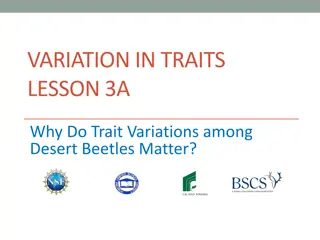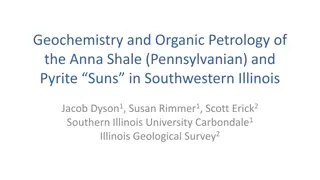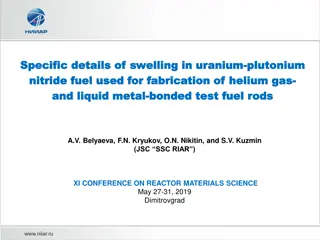Helium Abundance Variations in MORB vs OIB Geochemistry
In the study of helium abundances in Mid-Ocean Ridge Basalts (MORB) and Ocean Island Basalts (OIB), it is found that degassed MORB has higher concentrations of 3He compared to OIB. Various models and scenarios explain the differences in 3He/4He ratios in different geological settings, such as carbonatites and plume magmas. The variance paradox highlights the relationship between high and low R/Ra values in different basalts, suggesting distinct mantle sources for these variations.
Download Presentation

Please find below an Image/Link to download the presentation.
The content on the website is provided AS IS for your information and personal use only. It may not be sold, licensed, or shared on other websites without obtaining consent from the author. Download presentation by click this link. If you encounter any issues during the download, it is possible that the publisher has removed the file from their server.
E N D
Presentation Transcript
In all variants of the standard model, OIB gases are considered to be the residue of massive degassing Degassed MORB has more 3He than OIB Gonnermann & Mukhopadhyay with additions mixing [3He] MORB Loihi 3He/22Ne MORB degassing OIB Popping rock W.Greenland the gap paradox Seawater, air, trapped exsolved gases, shallow mantle Baffin Bay 3He In the Canonical Model OIB contains residual gas. In the perisphere model OIB picks up old exsolved gases plus air-like gas
Tolstikhin carbonatites High 3He/4He & high 3He! [3He] HIMU Note large (103-104) range Loihi plume-magmas , (e.g. Djibouti) air Carbonatites have 3He/4He ratios that extend from 0.04 to 39 Ra & average 9 +/- 14 Ra!
FOZO 3He/4He Very few 3He atoms High R/Ra basalts extend down to MORB HIMU MORB Low R/Ra extend up to MORB Meibom
FOZO 3He/4He Very few 3He atoms High R/Ra basalts extend down to MORB THE VARIANCE PARADOX; high R/Ra are always associated HIMU MORB with low R/Ra Low R/Ra extend up to MORB Unfortunately, maximum R/Ra values in Greenland, Samoa, Afar etc. are usually compared with the average MORB values Meibom
OIB are identical to MORB (with much lower 3He) (no evidence for) Hypothetical undegassed OIB 10-8 10-9 MORB gap High R/Ra There is no reason to suppose & there never has been that high 3He/4He means high 3He! OIB are from 3He deficient sources OIB contamination No degassing trends High 3He/4He can & probably does mean low 4He, low U-Th Ozima & Igarashi 2000
Distance from Mature Ridge 25 25 3He atoms 3He/ 4He (R/Ra) R/Ra of mix R/Ra OIB 8 Contribution from MORB Contribution from ambient mantle 6 3He atoms
MORB has higher 3He than OIB, even after multiple stages of degassing. This is why high 3He/4He is a midplate signature Gonnermann & Mukhopadhyay with additions mixing Loihi MORB degassing OIB Popping rock Seawater, air, trapped exsolved gases, shallow mantle MORB, if present, will dominate any mix
FOZO Reason why high R/Ra samples are midplate or away from mature rapidly spreading ridges High 3He/4He, low [3He] component only detectable away from MORB High [3He] component (MORB) dominates Change in perspective; plume components are not due to presence of plume but absence of ridge EM2 100 0 50 % MORB Anderson 1993 or FOZO/EM2
In all variants of the standard model, OIB gases are considered to be the residue of massive degassing Degassed MORB has more 3He than OIB Gonnermann & Mukhopadhyay with additions mixing [3He] MORB Loihi 3He/22Ne MORB degassing OIB Popping rock the gap paradox Seawater, air, trapped exsolved gases, shallow mantle 3He In the Canonical Model OIB contains residual gas. In the perisphere model OIB picks up old exsolved gases plus air-like gas
MORB has higher 3He than OIB, even after multiple stages of degassing. This is why high 3He/4He is a midplate signature Gonnermann & Mukhopadhyay with additions mixing MORB MORB degassing OIB Popping rock Seawater, air, trapped exsolved gases, shallow mantle MORB, if present, will dominate any mix GAP Ambient or hotspot mantle
OIB is not extensively degassed; it is moderately contaminated Carbonatites: slab components? MORB Residual gases Degassed gases OIB vesicles Secondary trapped He Atmospheric/seawater contamination
MORB is gas rich! Popping rock High levels of 3He [3He] Because of their high 3He concentrations, MORB & some carbonatites MORB Kola peninsula kimberlites & carbonatites & inclusions dominate any mixing Most OIB Most continental plumes U=18 to 0.1 ppm Mantle xenoliths in carbonatites can have high R/Ra and [3He] 0.07 These are attributed to plumes but they are part of a continuum R/Ra 7 24 It is not true, as often asserted that all xenoliths are ~< 8 R/Ra These are grab samples from the shallow mantle Tolstikhin
Highest 3He Highest 3He/4He Hypothetical undegassed reservoir MORB OIB Highest 3He materials on Earth: popping rock, MORB, carbonatites, manganese nodules




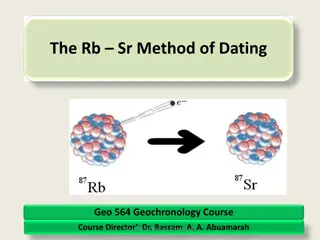



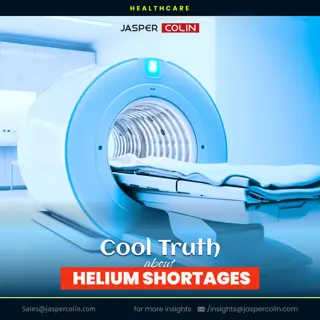
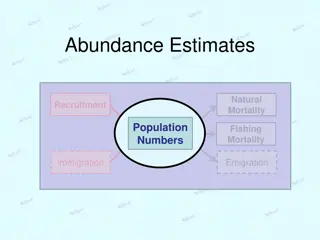

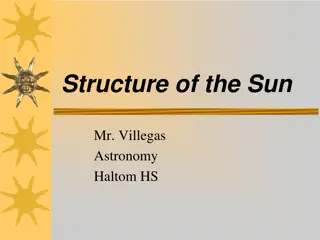

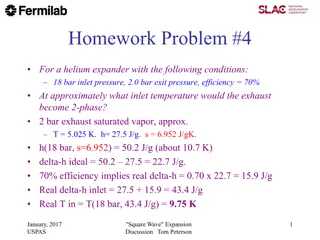
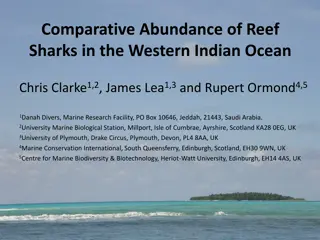
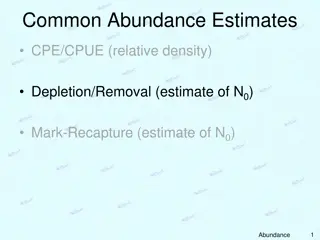
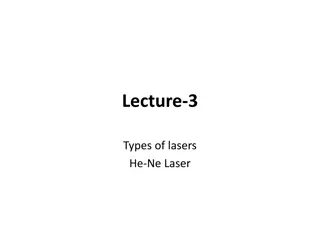
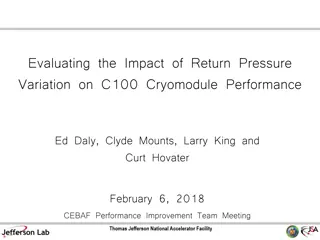
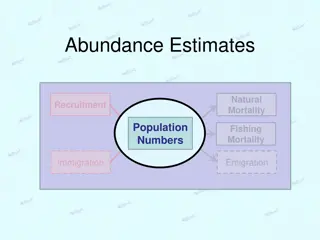
![Importance of Rock v. MWB [2018] UKSC 24 as Explained by Lord Sumption](/thumb/193348/importance-of-rock-v-mwb-2018-uksc-24-as-explained-by-lord-sumption.jpg)
